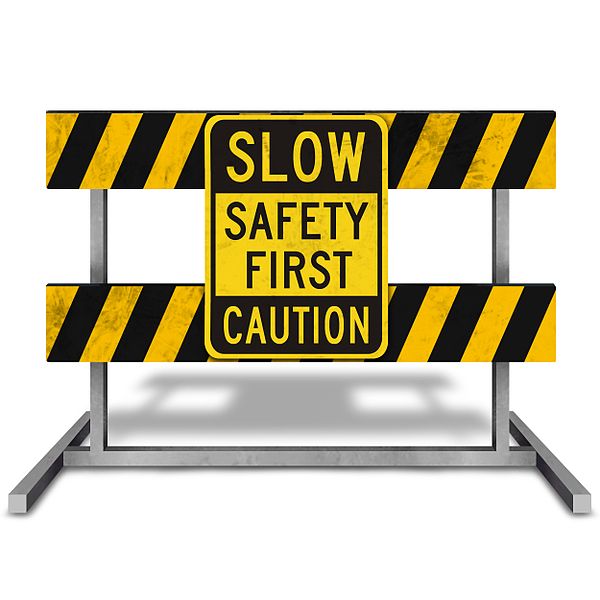Workplace Health and Safety: Hazards that can be avoided
Although health and safety standards in the workplace have improved drastically in the modern world, injuries and even death still occur in the workplace. These injuries are harmful to both employees and businesses. It is nearly impossible to completely remove risk from the workplace, but it can be significantly decreased by taking the right precautions and following certain rules. To that end, here are some considerations for improving the overall safety of any given workplace.
Slips and falls
Slipping and falling are officially the leading causes of work related injuries. They account for more than a third of all injuries at work, both in industrial and service industries. Prevention and common sense are the only remedies for this problem. Identifying high risk areas is crucial. For example, if an area is prone to spills, installing a handrail and anti slip tape can significantly lower the risk factor. Maintaining proper lighting also lowers the risk of slipping and tripping.
Hearing loss
Prolonged exposure to high levels of environmental noise is detrimental to human health. Apart from physical adverse effects of noise such as tinnitus (an irreversible ringing in the ears), it can also have long-terms psychological effects and cause chronic fatigue. An obvious solution is for workers to wear appropriate hearing protection and keeping the loudest machines separate from the workforce where possible. Although noise pollution is associated mostly with industrial workplaces, offices are not immune to high noise levels either. Workers in every office will benefit from soundproofing and sound curtains, as noise can reduce productivity and affect overall morale and well-being.
Disease
Employees tend to avoid taking sick leave nowadays, be it from a fear of getting fired or simply a very limited number of those days available. Both reasons are perfectly sound. In addition to that, it is considered a sign of good work ethics to work even when one is tired and/or ill. This kind of silent encouraging sick employees to go to work can be dangerous for the whole organization, as it can lead to a company-wide epidemic and consequently to profit losses. This can be avoided by implementing a different sick day policy both officially and unofficially. In addition, employees should be given the opportunity to work from home when they have contracted a virus or have some other kind of health problem that does not prevent them from doing their job.
Fatigue related injuries
The majority of injuries in the workplace occur as a result of fatigue and lowered concentration. This is true both in the workplace and on the commute from work. A tired employee is more likely to be involved in a traffic accident when driving home from work. Strict rules and regulations regarding break times and limiting the maximum amount of time spent at work are required to curb fatigue related injuries. The amount of repetitive actions also has to be limited in order to avoid injuries related to repeated stress or strain.
Workplace violence
Non-employees are responsible for the majority of workplace fatalities. Almost three quarters of workplace violence is a result of robberies. Working alone at a job that involves exchanging or safeguarding money in early or late hours of the day should be avoided. Installing security cameras and making sure the area around the business is well lit also increases the safety of workers, as does investing in security guards where needed.


















